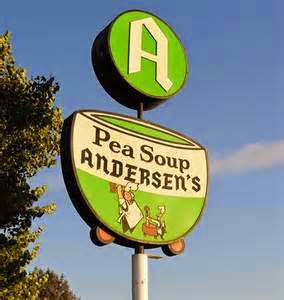I have three favorite apps for Droid phones designed to help you discover the wonders that surround our little blue marble.
This may be the most obvious, but that doesn't diminish its "wow!" factor. Created by the people at Google, the Sky Map uses your location (on your GPS-enabled phone) to show you all the visible objects in your night sky, including stars, planets, meteor showers, and Messier objects. It also maps out the constellations, which is great for those of us who have a difficult time identifying anything beyond the big dipper and Orion's belt. As you move your phone, the map adjusts to show what night looks like from the new perspective. So, in addition to viewing your own night sky, you can see what it looks like on the other side of the world. Pretty cool!
Say you want to focus on just one object group, such as planets or constellations. Google Sky Maps allows you to select or deselect any of the groups to personalize your viewing. You can also "Time Travel" to see what the night sky will look like in the future or what it looked like in the past. And not to ruin the nighttime viewing experience, Google Sky Map also has a "night mode," which changes all the text to red and reduces the contrast.
Google Sky Map is a terrific introduction to the night sky and the wonders it holds.
Now that you've become familiar with the night sky, you'd like to watch some meteor showers. But when do they happen? Where should you look in the sky? When is the best time to head away from civilization and toward truly dark skies?
The Meteor Shower Calendar lists current and upcoming meteor showers; gives start, peak, and end dates; rates the showers (from one to four stars) based on the likely frequency of meteor viewings; sends you a message on your phone with current shower information; provides your local sunset time and weather, as well as moon phases (a full moon may limit meteor shower viewing). It works with SkEye, an astronomy app that acts as an "advanced planetarium" and can be used as a PUSHTO guide for telescopes. (I haven't used SkEye, yet, but have downloaded it.)
Nothing creates excitement about the heavens like witnessing "shooting stars" blazing across the night sky.
 |
For
more field trip ideas,
check out GHF's Virtual Field Trips
page. |
The International Space Station (ISS) is visible with the naked eye, if you know where to look. The ISS Detector will tell you, based on your location, when and where to look for the ISS and Iridium flares (small telecommunications satellites which orbit the Earth, whose solar panels are visible when at a specific angle to the sun and Earth).
The ISS Detector gives an overview of upcoming passes, moon phases, and forecasted weather. You can set up notifications and alarms, as well.
Seeing man-made objects flashing across the night sky is surprisingly moving. Even though that actual event only takes a few minutes at most, the experience will foster questions and curiosity.




